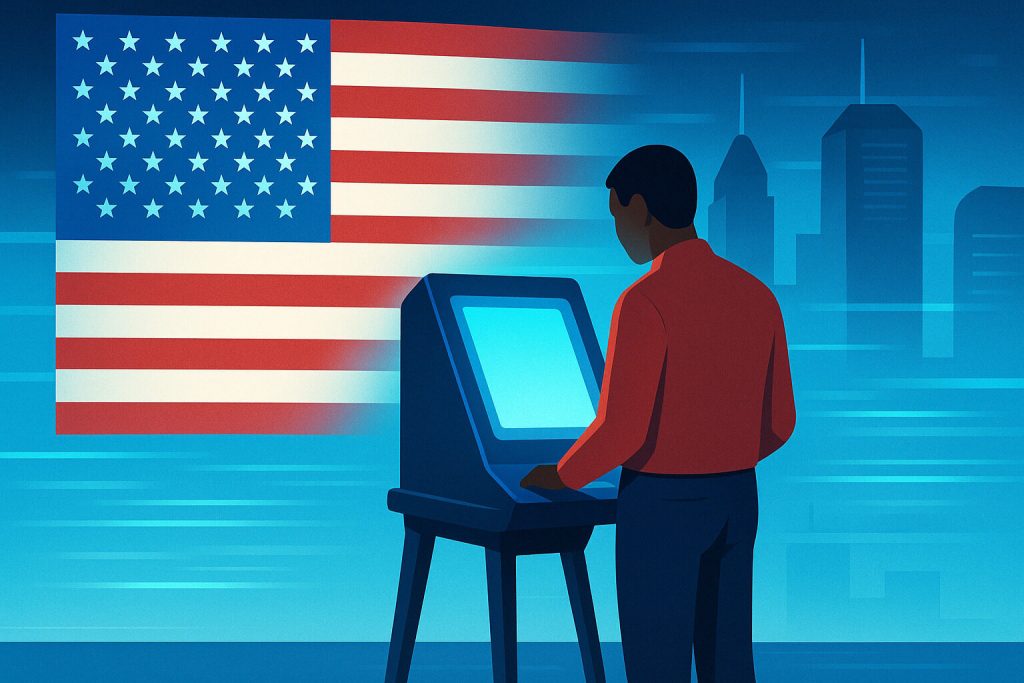
The Foundation of Cooperative Governance
Intergovernmental collaboration creates a bridge between different layers of government, helping to coordinate efforts for a more unified approach. When cities, states, and federal agencies work together, decision-making becomes more inclusive and informed. This collaboration makes it easier to address complex issues that no single entity could solve alone.
Strong partnerships among governments allow for the pooling of knowledge, resources, and expertise. A local city council might work closely with a state health department to design better public health policies. This kind of collaborative governance ensures that each group brings unique insights, making the final decision more balanced and effective.
Over time, successful collaboration builds trust among government bodies. It lays the groundwork for faster responses to emergencies, more thoughtful policy development, and a deeper understanding of community needs.
Strengthening Disaster Preparedness
When natural disasters strike, the strength of intergovernmental relationships becomes clear. Local first responders, state emergency managers, and federal agencies like FEMA all play roles in safeguarding communities. Their ability to communicate and coordinate plans before an event happens can make a critical difference.
Working together, these different levels of government can run joint drills, establish shared command centers, and create recovery plans that activate immediately. The faster and more efficiently they act, the fewer lives and resources are lost during real emergencies.
Good collaboration also ensures that funding and supplies move quickly. It eliminates confusion over responsibilities and reduces delays that could cost precious time during a crisis.
Promoting Public Health Initiatives
Public health is a shared responsibility across every layer of government. Local health departments often deliver services on the ground, but they rely on support and guidance from state and federal organizations. Policies about vaccination campaigns, disease tracking, and emergency health orders typically come through close cooperation.
For instance, managing a flu outbreak might involve local hospitals coordinating with state epidemiologists and federal vaccine distributors. Each agency must align its goals and share information accurately to protect the public effectively.
These partnerships also allow for stronger messaging. When public health advice comes from a unified source, it is easier for residents to trust and follow the recommended actions.
Shaping Transportation Networks
Transportation systems do not stop at city or county lines. Building and maintaining highways, airports, and rail systems requires agreements among local, state, and federal leaders. Without cooperation, efforts can become fragmented, leading to delays, cost overruns, or disconnected systems.
By working together, governments can create long-term transportation plans that meet the needs of larger regions. For example, a federal grant might fund a light rail extension that connects several cities, improving access for commuters across multiple communities.
Intergovernmental collaboration also helps ensure that transportation projects meet environmental standards, comply with safety regulations, and support economic development goals.
Coordinating Economic Development
Efforts to boost local economies benefit from intergovernmental support. State agencies may offer tax incentives, while federal programs supply grants or loans. Local leaders often navigate this support network to attract businesses, create jobs, and revitalize neighborhoods.
A successful economic development project often requires a clear understanding of each government’s role. Local officials might handle zoning and permitting, the state could provide training programs for workers, and federal agencies might fund infrastructure improvements.
When governments collaborate effectively, they help create a healthy environment for businesses and workers, leading to stronger communities and more opportunities for residents.
Advancing Environmental Protection Goals
Environmental challenges such as pollution, climate change, and habitat conservation cross jurisdictional lines. No single government can tackle these problems alone. Collaborative efforts among local, state, and federal agencies make environmental programs more impactful.
Joint initiatives like clean water programs, air quality monitoring, and conservation efforts depend on shared data and coordinated enforcement. Without cooperation, rules could become inconsistent, undermining progress.
Intergovernmental partnerships also allow for innovative solutions. A city might pilot a green infrastructure project funded through a state grant, while receiving technical guidance from federal environmental experts. Such teamwork helps ensure that local initiatives are sustainable and scalable.
Protecting Civil Rights at All Levels
The protection of civil rights often starts with national legislation, but real change happens through local and state action. Governments working together reinforce these protections, ensuring that every citizen can live, work, and participate in public life without discrimination.
Coordination is necessary to investigate complaints, enforce laws, and provide education about rights and responsibilities. Federal agencies might offer funding for training programs, while local governments create outreach initiatives to underserved communities.
Through collaboration, civil rights protections move beyond words on paper. They become part of everyday experiences, helping communities to become safer, fairer, and more inclusive.
Supporting Education Reforms
Education reforms succeed best when all levels of government contribute. Federal programs might set broad goals, such as increasing literacy rates or improving access to technology. States and local districts then interpret these goals and apply them in ways that fit their communities.
For example, a new reading initiative from the federal government might inspire a state to update teacher certification standards, while local schools invest in new learning materials. Each level of government brings different strengths to the table, making it easier to achieve shared educational goals.
Intergovernmental collaboration ensures that reforms are practical, culturally sensitive, and tailored to the needs of students across diverse regions.
Building Safer Communities
Law enforcement agencies often work together to maintain safety. Local police departments, state agencies, and federal organizations like the FBI or DEA share intelligence, conduct joint operations, and coordinate responses to large-scale threats.
When agencies collaborate, they can identify emerging trends, dismantle criminal networks, and respond more effectively to crises. Joint training exercises and task forces are common examples of this teamwork in action.
By combining resources and knowledge, governments at every level help create communities where residents can feel secure and protected.
The Lasting Impact of Intergovernmental Collaboration
The strongest solutions often arise when governments work together rather than separately. Intergovernmental collaboration promotes efficiency, boosts innovation, and ensures that policies better reflect the diverse needs of communities.
When cities, states, and federal agencies cooperate, they build more resilient systems capable of addressing complex problems. Whether improving infrastructure, strengthening health systems, or protecting rights, working together makes the work stronger and the impact deeper.
Through shared responsibility and mutual support, intergovernmental collaboration continues to shape decisions that improve lives every day.


